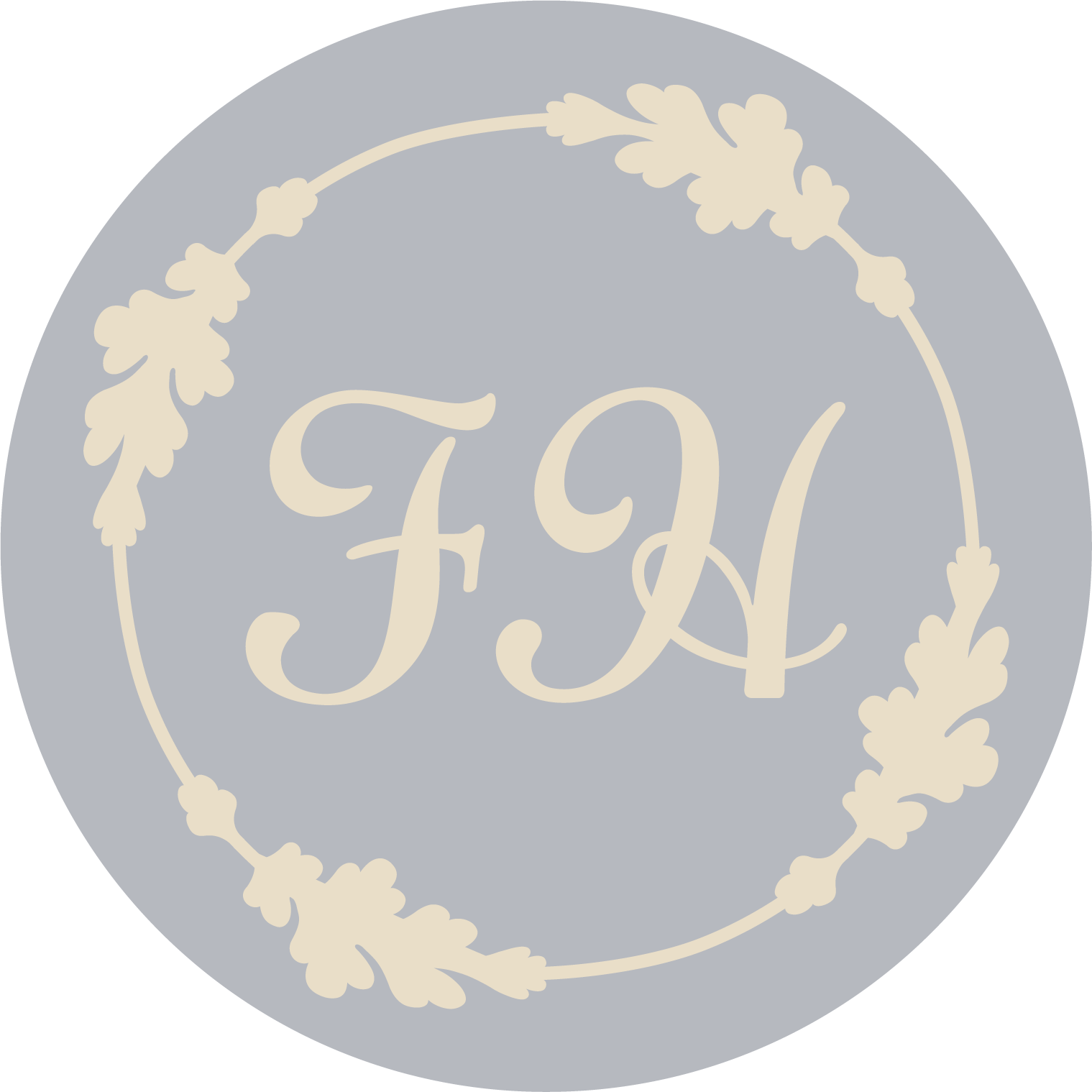Picture Rail Molding and Hooks
There are charming and useful features of old houses that make should make a comeback. Picture rail or picture frame molding is the horizontal wooden decorative piece of molding at the top of a wall that framed pictures or mirrors are hung with movable hooks. These moldings can hold heavy pieces safely. There is no need to put holes in walls. Pictures and mirrors can be rotated and rearranged easily.
This molding first appears in the 1840’s in the early Victorian period. Picture railing is traditionally mounted in different positions depending on ceiling height. In homes with high ceilings of over 10 feet, the horizontal picture rail is hung about 11 to 16 inches below the top of the wall. This forms the important decorative frieze portion of the wall. An alternative installation is the height of the door head, which leaves a frieze area between the rail and the ceiling. Between 1915 and 1940 with lower ceilings, the picture rail was hung about ½ to ¾ inch from the top of the wall to allow room for hanging hooks.
The 1885 Flavel House has an alternative picture rail system. Metal tubing was installed under the wide decorative plaster cove molding. I understand it is an original feature of the house and was gilded in the past. This is an ingenious way to hang heavy mirrors and paintings.
Hopefully, the picture rail has not been removed in your old house. If it has, this molding is readily available at lumber yards and salvage yards. City Lumber in Astoria and other lumber yards sell the most common picture rail molding in hemlock by the foot. It can be lightly sanded, primed, and painted. Historically, there are many different styles and widths of picture rail. The Forsstrom House has a larger picture rail molding that what is available today, but I have purchased the matching molding at a Portland salvage yard to replace my missing pieces.
Reproduction hooks of many styles and finishes can be purchased on-line. Buy one to test fit a picture rail before buying a large quantity. I learned this the hard way. There are two types of hooks, casted metal and stamped. Note that a casted hook can’t be bent to fit a picture rail. These are best for situations with ample room above the molding. But, a lighter stamped metal hook can be bent to fit almost any profile and easily slips between a narrow space between the molding and ceiling.
Light to moderate weight items can be hung with decorative cord or light wire. The cording or wire is passed through screw eyes or D-rings mounted on the back of the frame. Mount the screw eyes or D-rings about a few inches below the top corner in a sturdy area of the frame. I make a hanging bridal with a square knot at the back of the picture or mirror.
Heavy items should hang with decorative cord with embedded wire, plain wire or chain. Two hooks can distribute the weight more evenly if needed.
Decorative rosettes, medallions or tassel embellishments at the top of the hook were popular in the Victorian era. I would advise simpler hooks and wire for a more modern look.
Although picture rails were considered dated by the late 1930’s, I see a resurgence of interest. I recently helped a friend who wanted picture rail in her modern condo to hang a large collection of framed needlework and family heirlooms. She wanted to rotate pieces and not mar her walls. I helped her determine with correct location for the picture rail, as is was installed with cove molding. This old idea deserves another look!
